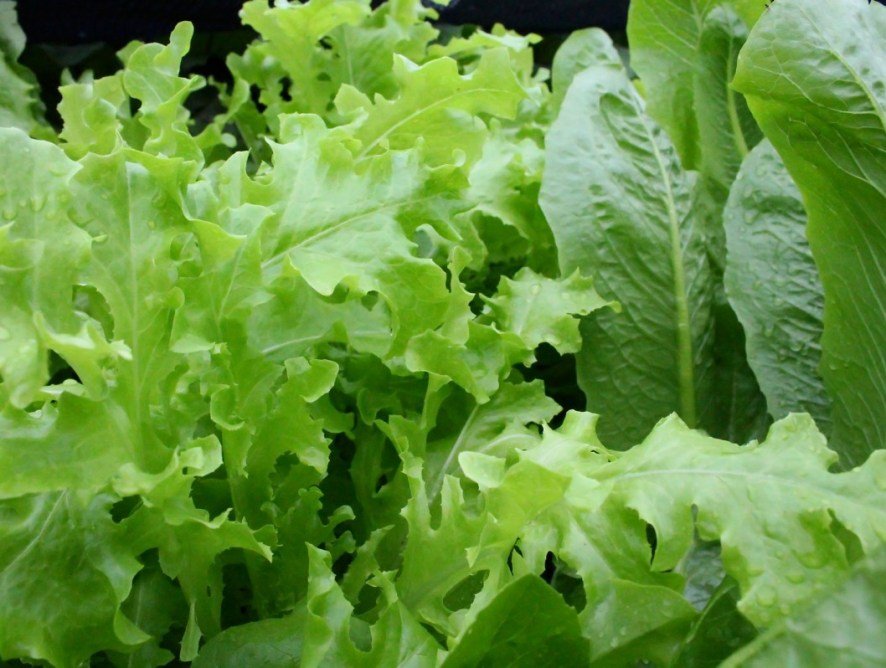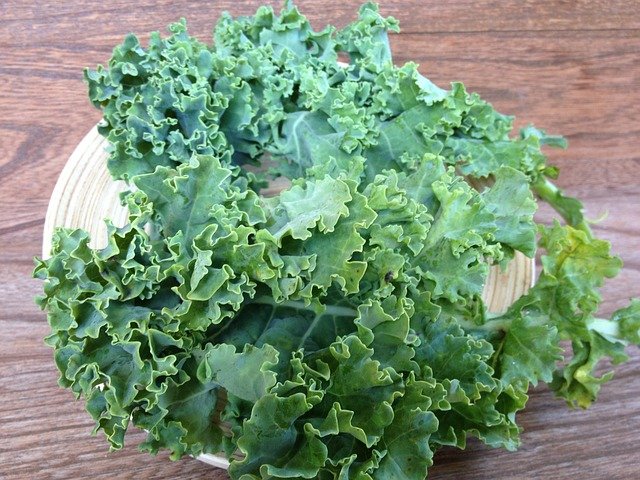I have been considering my obsession with kale. I love kale: lacinato kale, green curly kale, red kale. Yum. I talk about it all the time and the importance in our diets. I wear clothes with kale written on it. But, I feel I have neglected so many other greens. No one thing can provide everything that we need—not even kale. We must consider all of these other greens: butterhead lettuce, romaine, arugala, collard greens, Brussel sprouts, turnip greens, spinach, chard, cabbage and more. They all have different proportions of phytonutrients, nitrate concentration and fiber.
Things to remember: Vegetables give us an abundance of fiber, vitamins A and C, iron, magnesium, calcium and potassium. They even have protein. They are rich in phytonutrients and plant sterols. They have alpha linoleic acid which is a precursor to omega 3 fatty acids.
You can look at vegetables by their ANDI score (theirAggregate Nutrient Density Index) which basically is the amount of nutrients per calorie. The more phytonutrients a vegetable has, the higher the index. The ANDI score is one way to look at vegetables. It was created by Dr. Joel Furhman. While I don’t always agree with Dr. Furhman, I do like this score.
Another way to look at vegetables is to look at their anti-oxidant concentration. This is called the ORAC score or the oxygen radical absorption capacity. Free radicals are toxins that can cause damage in our bodies and are believed to increase our risk of cardiovascular disease, cancer and Alzheimer’s disease. Foods with a high ORAC score decrease the free radical formation and have been found in rat models to improve memory and improve the stability of blood vessels in that same model. This concept was developed by Dr. Jean Mayer at Tufts University and an ORAC test was created at the National Institute on Aging in Baltimore, Maryland. It is believed that foods with an ORAC score in the 3000-5000 unit range have the most benefit. See below for chart.
You can also look at the nitrate concentration of foods. This comes under debate because nitrites and nitrates at high levels are toxic to the bodies but in smaller doses are of benefit. Nitrates are known to cause blood vessels to dilate and improve blood flow to end organs. This is a good thing but in high concentrations as are seen in cured meats, they are known to be toxic. The amount in our vegetables is felt to be balanced and not in a toxic amount. However, the direct correlation between nitrate/nitrite concentration on our vegetables and how much is needed to be supportive is unclear.
Here is my ode to the greens that I have neglected. Kale always starts the list but is NOT the only fabulous green vegetable.
- Kale: great source of vitamins A, C, and vitamin K. I like it most because it is an excellent source of nondairy calcium. It contains an abundance of potassium and magnesium. It also has iron, protein and a bounty of B vitamins, including folate which helps in brain development. Kale also contains fiber, which is good for lowering cholesterol levels, as well as alpha linoleic acid (ALA), a precursor to omega-3 fatty acids. ALA also has been shown to decrease the risk of heart disease. Omega-3 fatty acids are important in decreasing inflammation and should be part of the daily diet. Kale also has lutein which helps to prevent macular degeneration. In the Nurses’ Health Study, researchers actually found an increase in fracture risk in women who consumed dairy sources for calcium versus those who consumed non-dairy sources of calcium. ANDI score: 100
- Collard greens: have many of the same benefits as kale, good source of calcium. ANDI score: 100
- Bok choy: rich in calcium, ANDI score: 824
- Turnip greens: get the turnip and the greens and have two separate things to eat. Good source of calcium
- Mustard greens: spicy, rich in calcium
- Broccoli: rich in calcium, ANDI score 376
- Cabbage: has lots of vitamin K. Also full of antioxidants. Cook slightly, don’t overcook. I use cabbage with mustard greens, turmeric, and chilies. Can make sauerkraut and coleslaw as well. ANDI score 481
- Arugula: high in nitrates which are believed to have in lowering blood pressure. We use medications called nitrates which dilate blood vessels and increase blood flow (a good thing. ANDI score 559
- Spinach: has oxalates which can bind calcium. Oxalates decrease with cooking the spinach. High in iron. ANDI score: 739
Top-Scoring Fruits & Vegetables
ORAC units per 100 grams (about 3 ½ ounces)
| Fruits | Vegetables | ||
| Prunes | 5770 | Kale | 1770 |
| Raisins | 2830 | Spinach | 1260 |
| Blueberries | 2400 | Brussels sprouts | 980 |
| Blackberries | 2036 | Alfalfa sprouts | 930 |
| Strawberries | 1540 | Broccoli flowers | 890 |
| Raspberries | 1220 | Beets | 840 |
| Plums | 949 | Red bell pepper | 710 |
| Oranges | 750 | Onion | 450 |
| Red grapes | 739 | Corn | 400 |
| Cherries | 670 | Eggplant | 390 |
| Kiwi fruit | 602 | ||
| Grapefruit, pink | 483 |
http://www.ars.usda.gov/is/AR/archive/feb99/aging0299.htm
Classification of vegetables according to nitrate content
| Nitrate content (mg/100 g fresh weight) | Vegetable varieties |
| Very low, <20 | Artichoke, asparagus, broad bean, eggplant, garlic, onion, green bean, mushroom, pea, pepper, potato, summer squash, sweet potato, tomato, watermelon |
|
Low, 20 to <50 |
Broccoli, carrot, cauliflower, cucumber, pumpkin, chicory |
|
Middle, 50 to <100 |
Cabbage, dill, turnip, savoy cabbage |
| High, 100 to <250 |
Celeriac, Chinese cabbage, endive, fennel, kohlrabi, leek, parsley |
| Very high, >250 |
Celery, cress, chervil, lettuce, red beetroot, spinach, rocket (rucola) |
Adapted from: Food sources of nitrates and nitrites: the physiologic context for potential health benefits, Am J Clin Nutr, July 1, 2009, vol. 90 no. 1, 1-10




